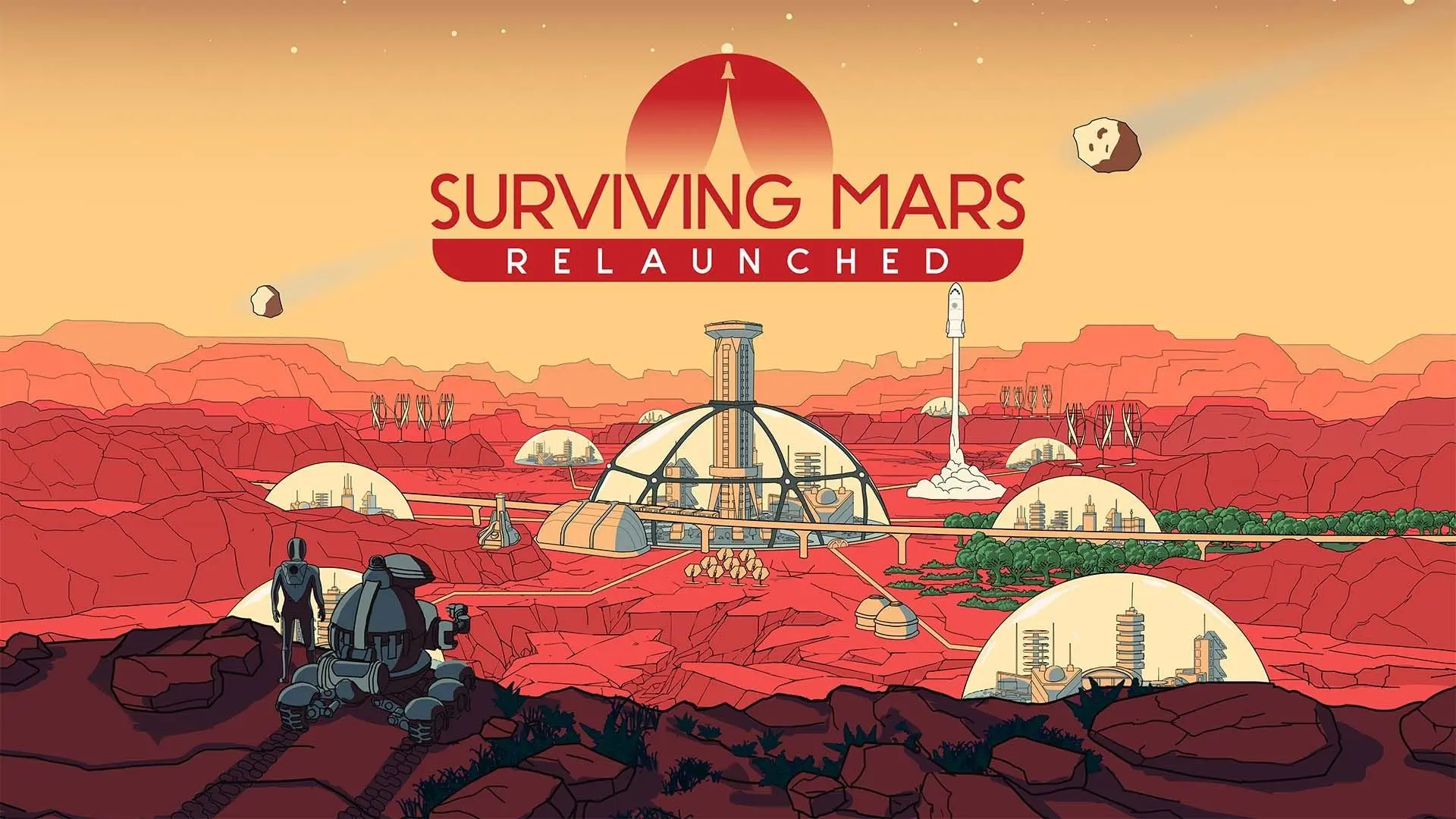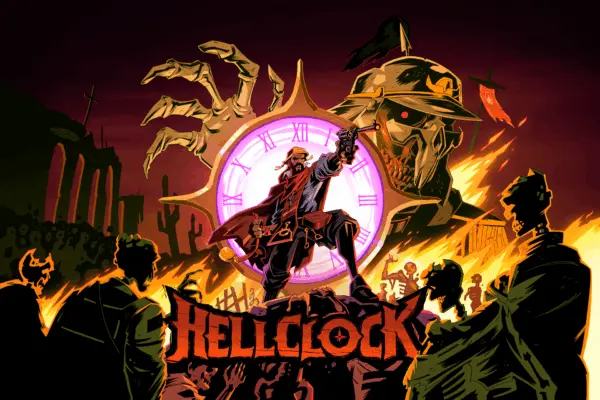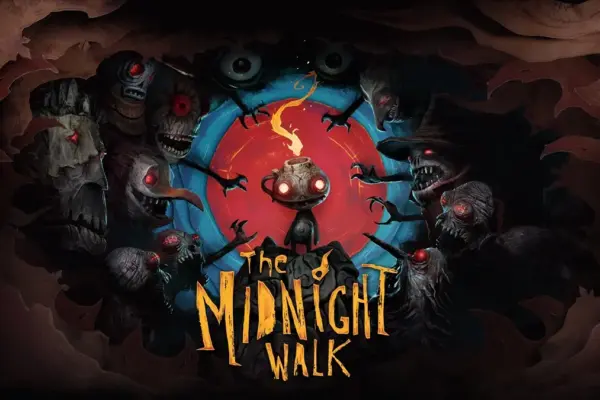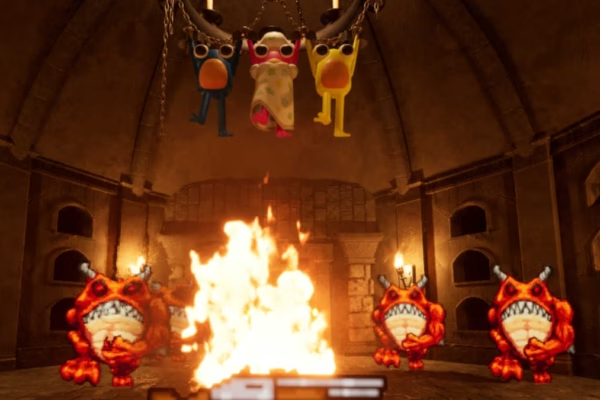This review follows Output Lag’s comprehensive review methodology.
About Surviving Mars: Relaunched
- Developer
- Haemimont Games
- Publisher
- Paradox Interactive
- Release Date
- November 10, 2025
- Platforms
It’s always a bit strange revisiting a place you once spent hundreds of hours. Such was the case when first booting up Surviving Mars: Relaunched: that familiar rusty red landscape of Mars slowly turning green is a gameplay loop I enjoy just as much, if not more, as I did years ago—only this time, it looks sharper, moves smoother, and somehow feels more alive. This isn’t a new Surviving Mars, but it’s a better one.
Surviving Mars: Relaunched is a full remaster of Haemimont Games’ 2018 city-building sim about creating a functioning colony on the oh-so-far but oh-so-close Red Planet. Haemimont Games has taken the reins again with publisher Paradox Interactive, delivering an improved, definitive version that respects what made the original great while modernizing the experience for today’s players and adding a handful of new features. It’s not revolutionary, but it’s the kind of remaster that makes you fall in love with the routine of the game all over again.
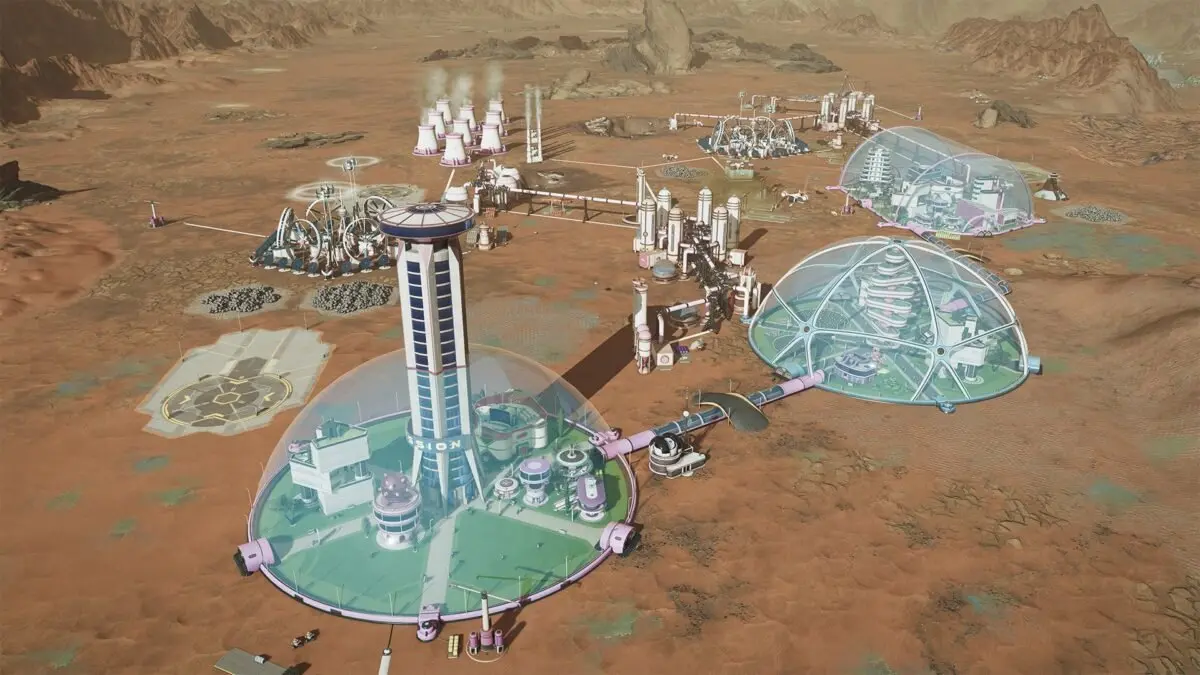
A Brighter (and crisper) Mars
For a remaster, it only feels right to start by looking at the improved visuals. Mars still looks lonely, but now, it’s beautifully lonely. Textures are sharper than in the 2018 original, lighting has more depth, and the skybox has been given subtle atmospheric touches that make the planet feel alive. The ever-important domes shimmer realistically under the sunlight, the shadows shift more naturally through the day, and even the dust storms, with their apocalyptic waves of red, carry a physical weight that makes them more terrifying than I remember years ago.
Performance-wise, it’s Mars hums along as smooth as butter. Throughout my playthroughs, I’ve maintained over 90 FPS even as my colonies ballooned to a small metropolis. No more of the old stutters when zooming in on busy areas or loading multiple domes that I remember enduring in the original. The UI has also seen some thoughtful tweaks, resulting in menus that are cleaner, resource tracking that feels more readable, and notifications that now prioritize the important stuff.

Politics Even on Mars
The Martian Assembly is Relaunched’s flagship new feature, and it’s the most significant addition to the late game that is present in the definitive version. For the first 100-200 Sols, you’re dealing with Earth-based councils making decisions about your colony through periodic votes including things like deregulating rocket speeds (faster supply runs but higher crash risk) or approving dangerous research projects.
But the political simulation really opens up once you build the Assembly itself. You’ll choose a specific government structure—theocracy, liberal democracy, anarchist commune, and others—and suddenly your faceless colonists start forming factions with agendas across the surface of Mars. The Eco-Defenders will want you to prioritize Green Planet terraforming. while the Martian Independence Front is constantly planning succession. Meanwhile, as you’d expect, the Corporate Loyalists think Earth still knows best and will work to continue the ways of old.
The new feature isn’t Crusader Kings-level depth or anything, with a system more about managing happiness meters and occasionally making binary choices than intricate political maneuvering. But it adds a layer of late-game complexity that the original desperately needed. My first playthrough saw my liberal democracy collapse into factionalism because I’d been ignoring food variety, an unexpected but understandable. Who wouldn’t love eating synthetic past for decades?
The Assembly also ties into the new independence mechanics. You can eventually declare full Martian sovereignty, which triggers unique challenges and opens up all-new research paths. It’s the exact icing on the cake aspirational endgame goals that makes those 200+ Sol colonies feel purposeful rather than just sandbox noodling, and without a doubt a fine addition to gameplay loop.
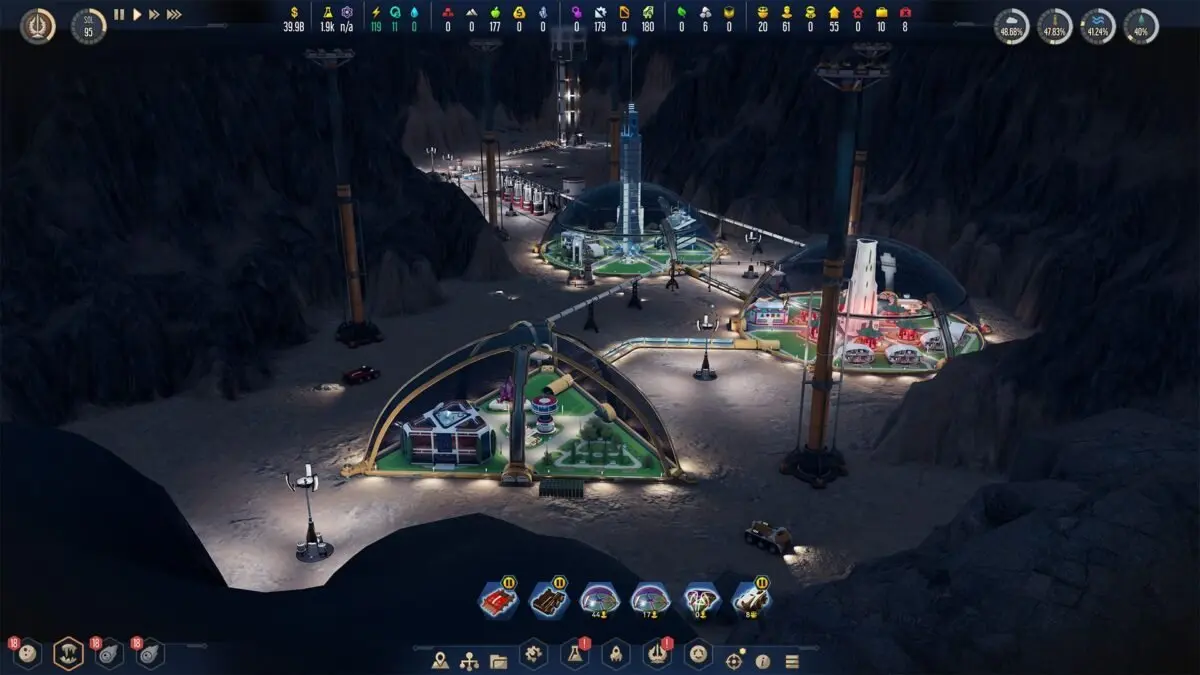
Fixed and Included DLC
Fans of the original may (or may not) remember the Below & Beyond DLC. It was an expansion that added underground colonies and asteroid mining, but shipped in a very broken state that most veteran players actually recommended skipping it entirely. It’s been completely reworked and integrated into the base game (as have all original DLC), and the underground sections now have significantly more building space plus the systems that caused colonists to glitch through floors appear to be resolved.
The Martian Express trains received similar treatment. The rail system was conceptually brilliant but technically disastrous in its original implementation. Pathfinding was broken, trains would clip through terrain, and the whole thing felt tacked on. It actually made the overall logistics on Mars worse instead of better, which is certainly no fun when you’re trying to improve things, not go backwards. In Relaunched, trains feel like a natural progression for sprawling colonies. I connected five dome clusters across a massive map, and watching the supply trains efficiently move resources while colonists commuted to work gave me that same satisfaction as perfecting a Factorio assembly line.
The fact that all these previously separate DLC systems are now baseline features changes the game’s identity. Surviving Mars always had variety through randomized tech trees, different sponsor factions, and mystery scenarios, but it lacked mechanical variety once you learned the optimal build patterns. Now you have multiple vertical (or rather, subterranean) expansion options, logistics puzzles with train networks, and political objectives beyond “survive and terraform.”

The Core Loop Still Slaps
If you’ve never played Surviving Mars, here’s what you need to know: it’s a brutally honest colony sim where every resource matters and the planet actively hates you. You start with drones and rovers, carefully placing solar panels and water extractors to establish a foothold. Then you build your first dome, essentially humanity’s fragile bubble in an unforgiving environment, and hope your life support systems don’t fail. Which they will. Just get used to it.
The game’s genius lies in its transparency. You can see the exact oxygen production of every vent, the power draw of each building, the water consumption of your farms. Planning is rewarded; improvisation usually ends with frozen colonists. This isn’t Cities: Skylines where you can bumble your way to success. Mars will punish sloppy infrastructure design with corpses and a dead colony that requires starting over.
The early game still remains the strongest section. There’s incredible tension in those first 50 Sols as you race to make your colony self-sufficient before Earth resupply rockets become prohibitively expensive and start a failscading session of trying to play catch-up. One sandstorm at the wrong moment can cascade into disaster. I had a perfect early run derailed on Sol 30 when meteors destroyed my rare metal depot I had invested a ton into, meaning I couldn’t build electronics, which also meant I couldn’t expand my drone hubs, which in turn meant my expansion ground to a halt while I waited for the next supply rocket.
Those moments of sudden crisis management are Surviving Mars at its best. Mid-game tends to plateau slightly once you’ve established solid infrastructure, though the new Assembly content helps address that. Late-game remains more about optimization and true colony building than the initial survival challenge, but the terraforming and independence objectives give you something to work toward, and the actual visual charm of seeing the red planet slowly turn green is still incredibly powerful even years later.
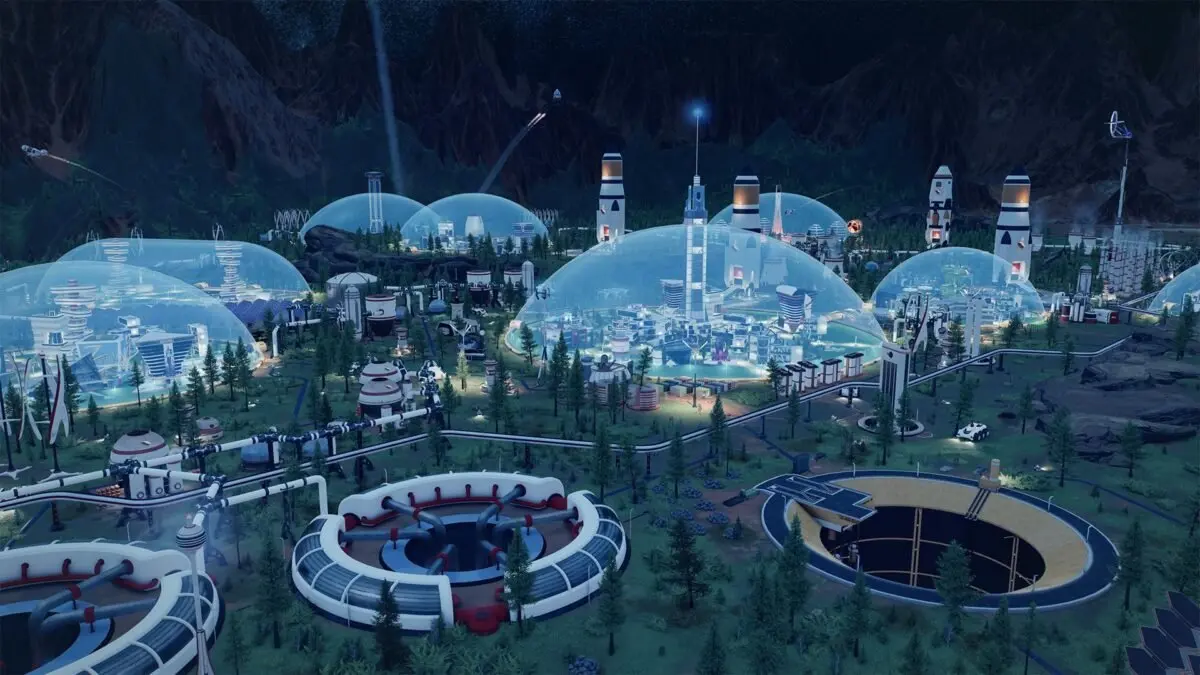
A Real Terraformation
Surviving Mars: Relaunched is undoubtedly the best version of Surviving Mars, a game that on its own is already a must-play. Haemimont Games did genuine, substantial work here. This isn’t a cynical cash grab disguised as a remaster. It’s one of those rare instances where a remastered version goes the extra step of making a game even better, truly becoming the definitive experience for both newcomers and long-time fans.
Relaunched isn’t just a fresh coat of paint. It’s a ground-up reconstruction using Haemimont’s modern engine, which means all that spaghetti code is theoretically gone. After my playtime, I encountered zero game-breaking bugs, a sentence I never could’ve written about the 2018 version, especially with all the DLC. Your mileage may vary, and I’m sure bugs will surface, but the stability improvement alone is night and day.
If you’re a fan of city builders or colony sims and haven’t played any iteration of Surviving Mars, I envy you because you’re in for a real treat. If you have, the new coat of paint, fixed and optimized DLC and addition of Martian politics are well worth the $20 upgrade price. Just be prepared to fail a few runs as you get back into the swing of things.
This review is based on a retail build of the game provided by the publisher.
